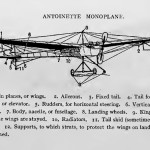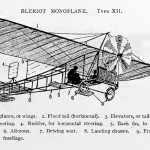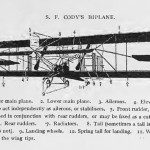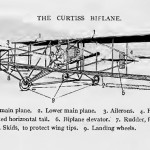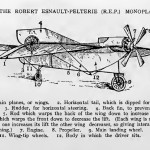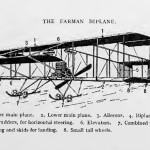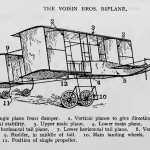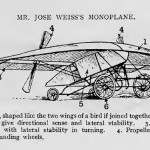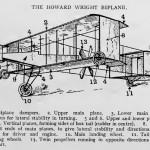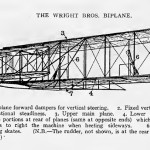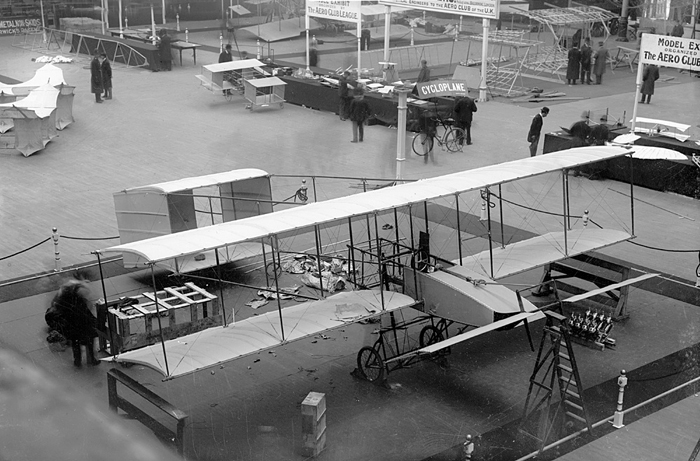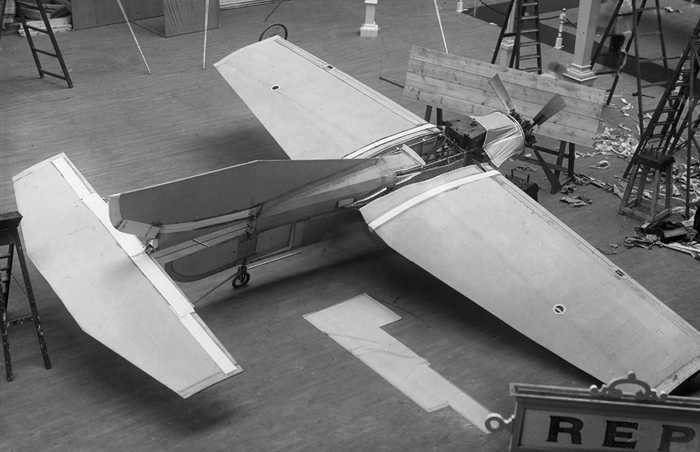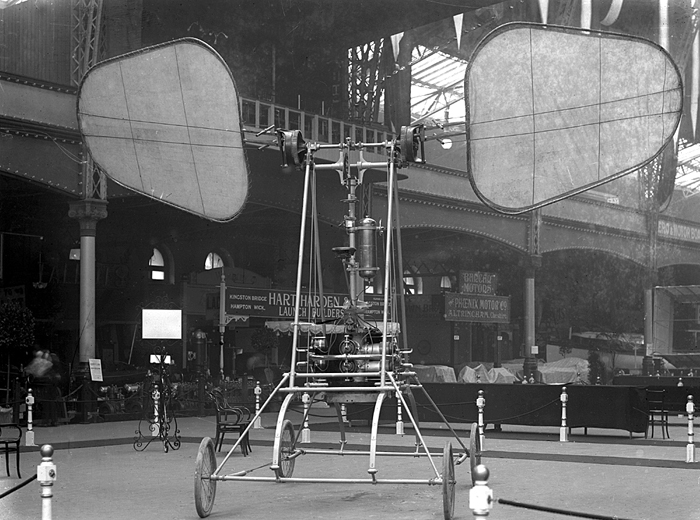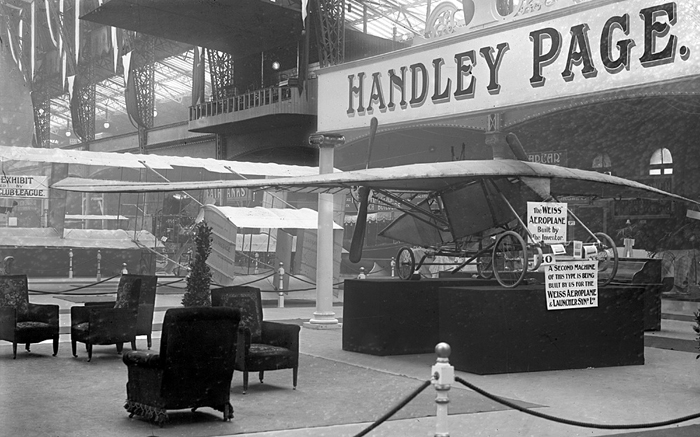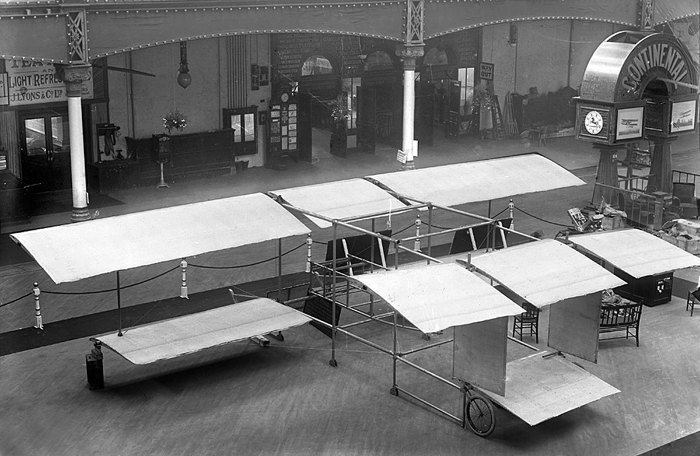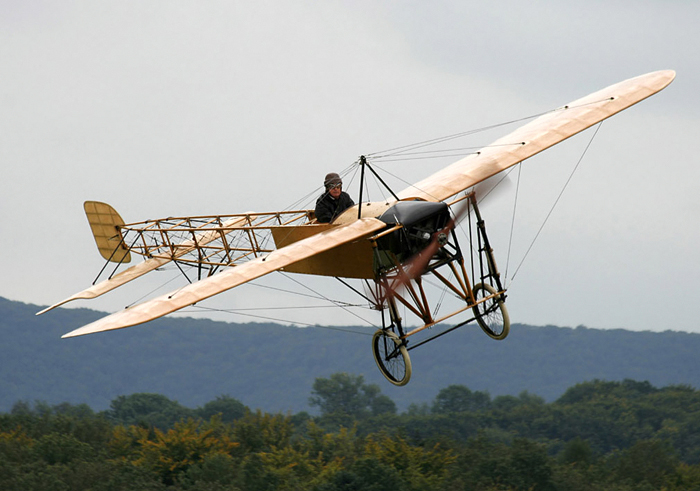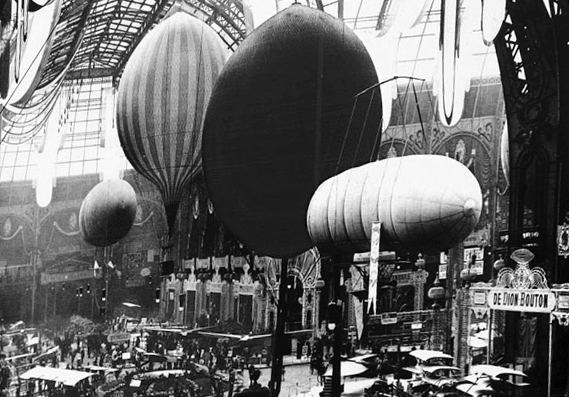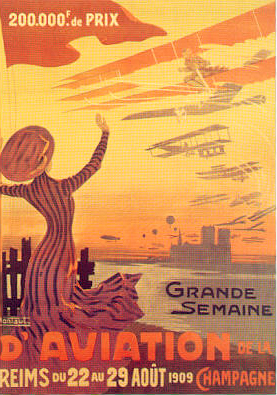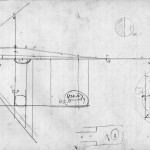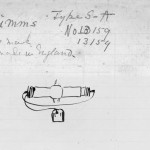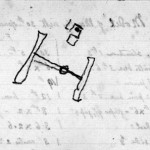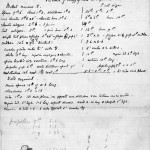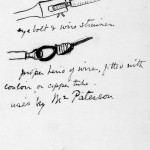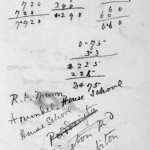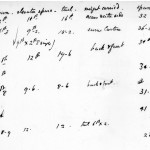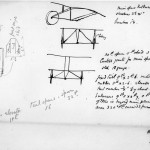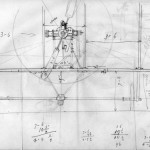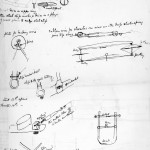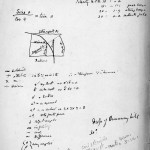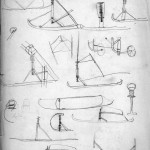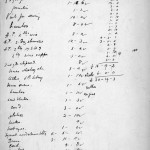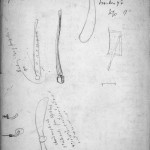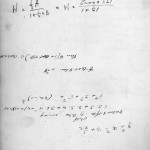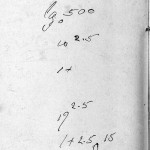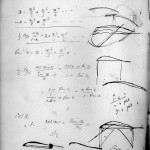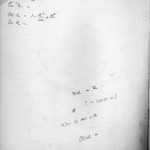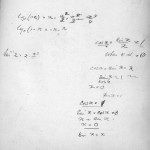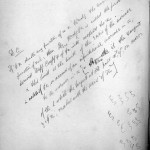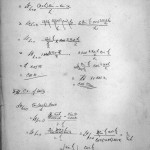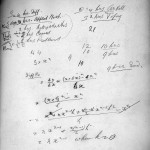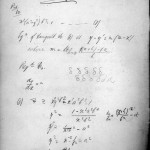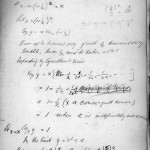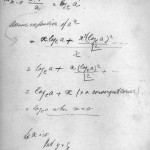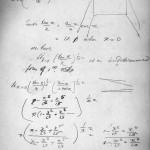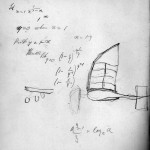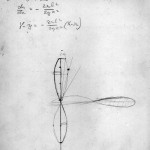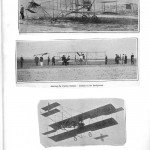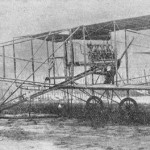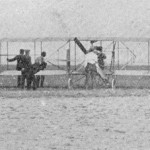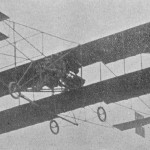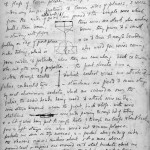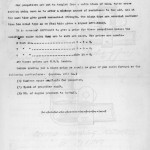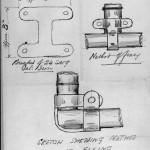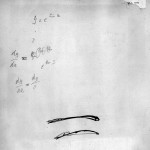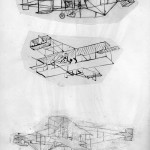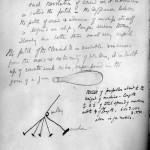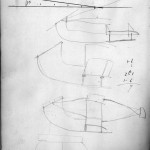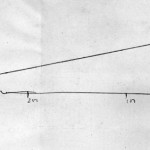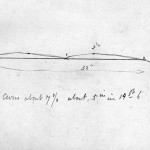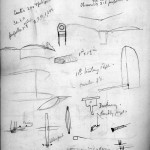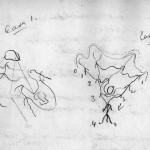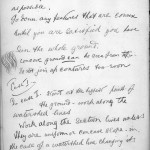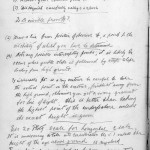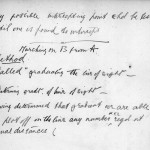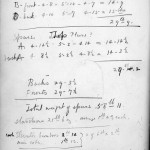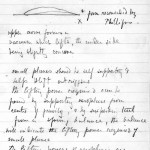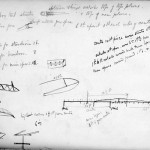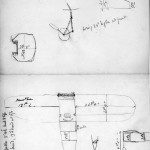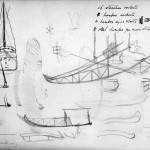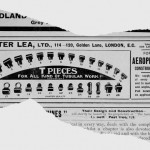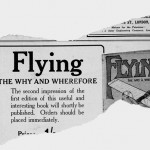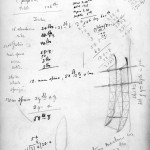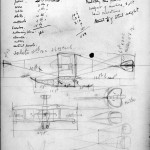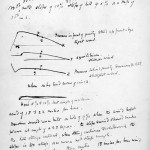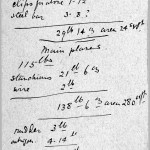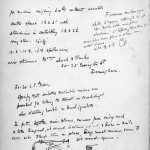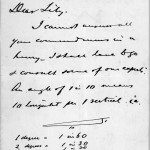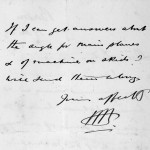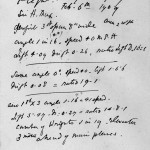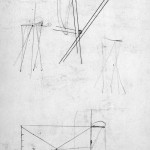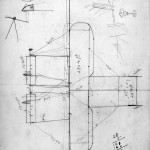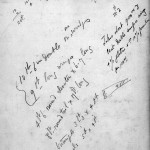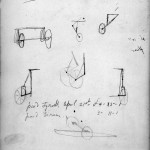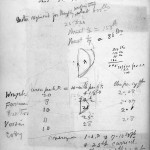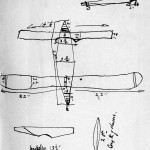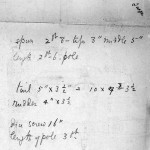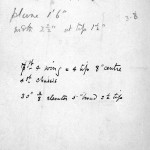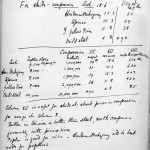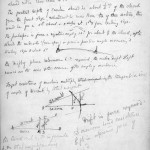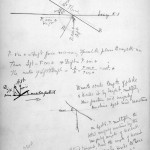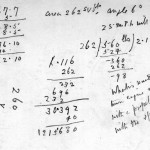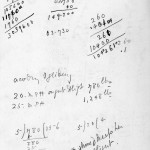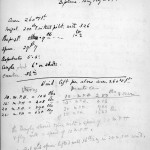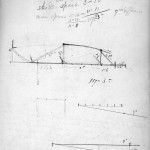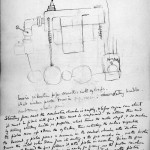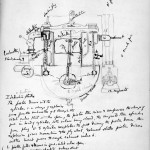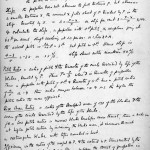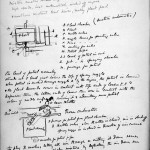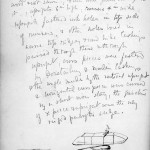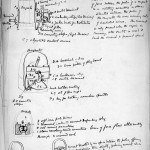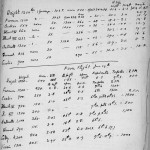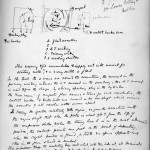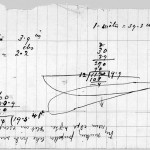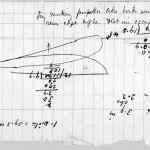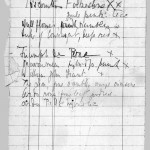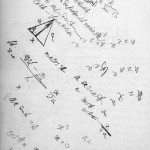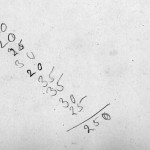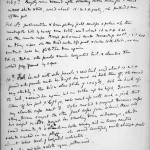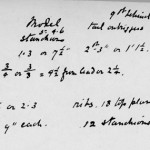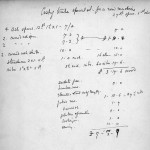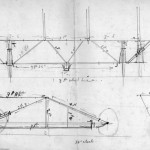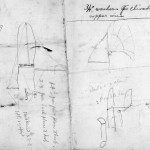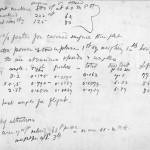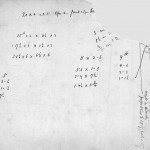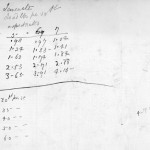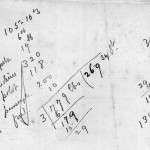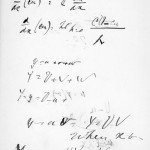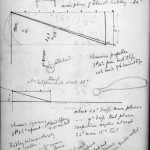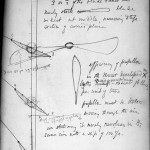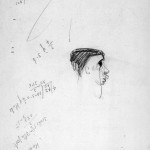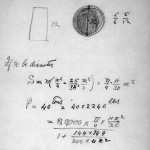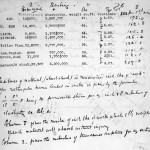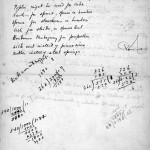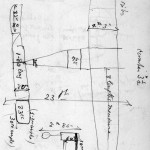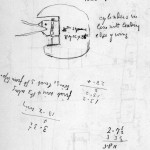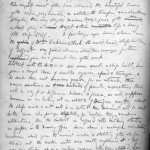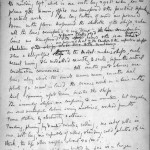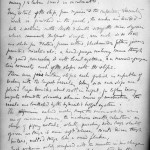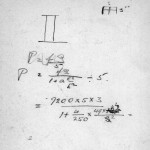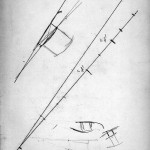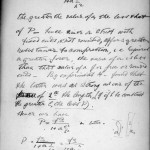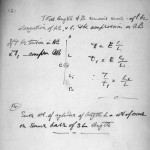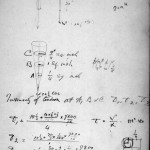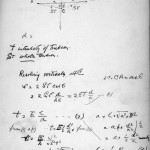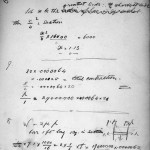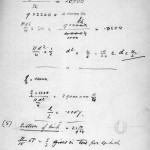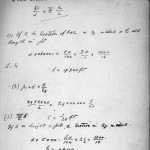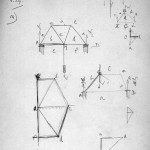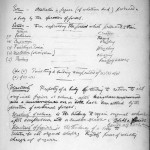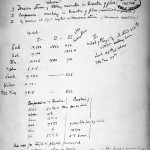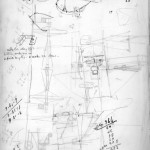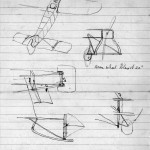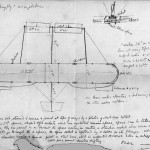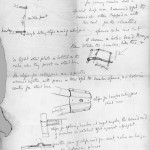Aviation workbook
comad September 4th, 2015
The era of powered flight began in December 1903. By 1909 there were a number of flying machine designs. Here are some examples.
- Charles Grey 1909
- Charles Grey 1909
- Charles Grey 1909
- Charles Grey 1909
- Charles Grey 1909
- Charles Grey 1909
- Charles Grey 1909
- Charles Grey 1909
- Charles Grey 1909
- Charles Grey 1909
There were five notable aviation related events in 1909.
The Air Exhibition at Olympia in London, England. (19th-27th March)
The International Aviation Exhibition in Frankfurt, Germany. (10th July-17th October)
The first flight across the English Channel. (25th July)
The ‘Grande Semaine d’Aviation de la Champagne, in Reims, France. (22nd-29th August)
The Air Show at Paris, France. (25th September-17th October)
Air Exhibition at Olympia
The Olympia Air Show, an aeronautical exhibition held in London from 19th to 27th of March 1909 by the Society of Motor Manufacturers under the auspices of the Aero Club, included a display of eleven aircraft, seven of which were French. The exhibition included balloons, kites, motor engines and had a section for model aircraft which were prominently displayed in the centre of the main hall.
The Voisin was the only practical machine on display. There was an unfinished Short, a Howard Wright, a small Weiss, and another unfinished machine, a Lamplough. There was no Wright flyer, no Bleriot, nor the Antoinette, a beautiful french machine making a mark for itself.
Aviation Exhibition in Frankfurt (ILA)
In the summer of 1909, after preparations lasting only one year, experts and the public alike were given a full display of the latest developments in the German airship industry and aviation technology. Airships from constructors such as Zeppelin, Parseval, Clouth and Ruthenberg were on show, along with balloons and many other exhibits. “Flying apparatus and models” were, however, still in the minority. “The extent to which the ILA promotes the idea of aviation can be judged by the numbers of people who were keen to undertake flights in untethered balloons, an activity that had previously been on a par with tightrope-walking”, as the aviation pioneer Georg von Tschudi wrote later in his memoirs. The star of the show was a Wright Brothers’ aeroplane, which had been giving flying displays in Berlin and was brought to Frankfurt for a week. The 1909 ILA was a business trade fair and by the time it closed it had attracted 500 exhibitors and one and a half million visitors.
Channel Crossing
On Sunday the 25th July 1909 Louis Charles Joseph Blériot took off from France and landed in England 36 and a half minutes later. The English Channel had been crossed and the £1,000 (GBP) prize offered by the “Daily Mail” newspaper was his. British Customs had no provision for a landing other than by ship, so Louis Blériot was logged in as a ship’s Master and his aircraft as a yacht.
Blériot’s aircraft was exhibited at Selfridges in London the following day and the prize of two £500 notes contained in a letter-case, enclosed in a handsome silver cup, was presented to him at a lunch in the Savoy Hotel. The distance from Les Barraques (near Calais) to Northfall Meadow at Dover was 37 km.
Air Show at Paris
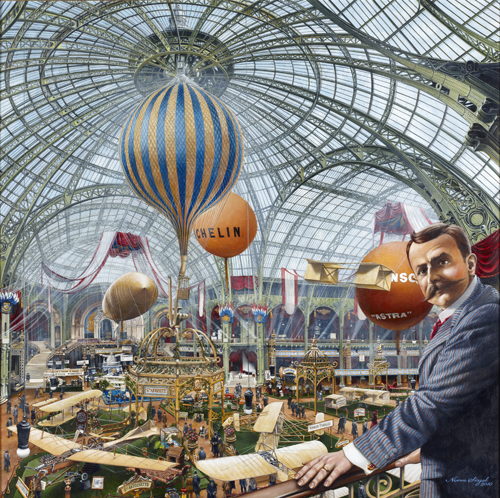
Louis Bleriot – Paris Air Show 1909 – oil painting
copyright 2015 Norman Siegel (aviation artist), Norwark, USA
used by permission
The origin of this exhibition began in December, 1908 when a “reserved to the things of the air” section was created in the motor show at the Grand Palais in Paris. The magnificent Grand Palais was originally built for the 1900 World’s Fair and had a steel and glass roof and dome. Over 100,000 visitors came to admire innovations from 380 exhibitors, examine the early examples of “airborne mechanical locomotion” and to buy them. There were balloons, dirigibles, biplanes, monoplanes, automobiles, and boats, all spanning the past and present with a peek into the future. Nearly all engine, propeller, tyre and canvas suppliers were there. Electricity was new and the exhibit was lit at night by hundreds of globes hanging from the steelwork. It was described by the New-York Tribune as a “fairyland” surpassing all expectations. Twenty-four airplanes were displayed and the Blériot monoplane that flew across the Channel was the centrepiece of the show. Pear-shaped balloons and yellow dirigibles floated gracefully above the crowds.
Aviation Week
The first ever international aviation meeting was organised at Reims, France in August 1909.
The ‘Great Week of Aviation’ (22nd-29th) was intended to be a showcase of man’s conquest of the air and progress in aeronautics. France, Britain, America, Austria and Italy were represented. 12 monoplanes and 23 biplanes arrived, the better known ones being the Wright, Bleriot, Antoinette and a Henry Farman Box Kite. The competitors had been promised that the area would be clear of crops to facilitate forced landings, but on arrival they found to their dismay that there were still some fields of standing crops and many more full of sheaves of wheat and barley drying in the sun. On the opening day the first machine out was one of the red R.E.P. monoplanes which because of muddy conditions following heavy rain on Saturday, had to be dragged onto the manoeuvring area by a horse. It was unable to rise and had to be towed back again. The first to actually make a start was Tissandier, on a Wright flyer, just before eleven o’clock. He only remained up for 1 minute.
Did Lilian attend the Olympia Air Exhibition in London or the Aviation Week in Reims or did she go further afield to the Paris or Frankfurt airshows? We don’t know. She certainly was aware of Olympia and Reims because this cutting from ‘Flight’ magazine is on page 25 of her workbook. There is no date of publication and no author’s name.
CURTISS BIPLANE
To the Editor of FLIGHT.
Sir,
Having spent a week at Reims, I am sending you a few details of the Curtiss and Bleriot machines, which I gathered from observation. I hope they may be of some interest to your readers from the fact of the Curtiss machine being the fastest, and the Bleriot machine being probably the most popular, having been successful in crossing the Channel.
Curtiss Biplane.
One of the most curious points of the Curtiss machine is the fact that there are no springs on to the wheels, and it is probably unlike any other machine in existence.
There are ten ribs on either side and two in the centre, making twenty-two in all; each rib is made of three-ply wood, glued together. Both the upper and lower surfaces are detachable at the fifth rib, counting from the outside inwards. Where the outer ends of the planes are attached is necessarily made thicker, and the fabric is attached to the main parts with thin cord. The whole of the wires on the machine are cable-laid, and not the usual piano wire which is employed by most firms. Also the wires, where they cross, are invariably soldered together. The upper and lower surfaces are single and not double, as, for example, in the Bleriot and Latham monoplanes.
The surfaces are covered with prepared silk, which is naturally very light, and the stays below the surface are connected together with wires. All the stanchions are of American spruce. The supports for the forward elevator, and the rudder behind, are attached to bamboo stays, strengthened and supported by cable wire. The propeller is built up in eight pieces.
The silk covering of the planes, where it passes over the twenty-two ribs, is attached to them by means of pieces of flat cord, and fastened down with brass nails into the ribs. The surfaces are divided into seven pieces, three being in the centre and two on either side.
A brake is fitted in the front part of the aviator’s seat, which is applied by the foot, and on the machine touching the ground, as soon as he applies the brake to the front wheel, the ignition is cut off by “earthing” it.
The propeller is made of spruce. The engine weighs about 200 lbs. (90 kg), and gives 50 h.p. at its maximum revolution, and about 35 h.p. at about 1,100 turns. The propeller is fastened on to the crank-shaft by means of 6 bolts and 8 screws, the fastening being shaped on the outside of the propeller like a diamond.
The “ailerons” or small wings, are fitted between the upper and lower planes, on the outer edges, about half-way between the two, and are operated from the back of the driver’s seat. As the plane swings round to the left the aviator naturally moves his back in the opposite direction, which operates the back of the seat, and flexes these ailerons, or small wings, in the opposite direction.
If, for example, he is turning to the left, the right aileron is depressed and the left is raised, acting like the rudder of a ship, only being horizontal instead of vertical.
This idea I had fitted to my machine, which was much commented upon by experts in the last Aerial Exhibition at Olympia.
The wheels are about 23 inches (58 cm) off the ground, including the tyres.
It is fitted with a 4-cylinder Curtiss engine, measuring 3 and three quarters by 3 and three quarters. The engine cost £300 (GBP), inclusive of the radiator, magneto, carburettor, &c. The radiator weighs 30 lbs.(13.6 kg) and holds a gallon and a half of water.
The Herring-Curtiss works are situated at Hammondsport, near New York.
Lilian Bland’s workbook
Lilian’s workbook has plenty of facts and figures, drawings, magazine cuttings and even a price list of materials, plus some notes on map reading. On some pages the contrast has been increased considerably in order to make the information more legible.
- 1
- 2
- 3
- 4
- 5
- 6
- 7
- 8
- 9
- 10
- 11
- 12
- 13
- 14
- 15
- 16
- 17
- 18
- 19
- 20
- 21
- 22
- 23
- 24
- 25
- 26
- 27
- 28
- 29
- 30
- 31
- 32
- 33
- 34
- 35
- 36
- 37
- 38
- 39
- 40
- 41
- 42
- 43
- 44
- 45
- 46
- 47
- 48
- 49
- 50
- 51
- 52
- 53
- 54
- 55
- 56
- 57
- 58
- 59
- 60
- 61
- 62
- 63
- 64
- 65
- 66
- 67
- 68
- 69
- 70
- 71
- 72
- 73
- 74
- 75
- 76
- 77
- 78
- 79
- 80
- 81
- 82
- 83
- 84
- 85
- 86
- 87
- 88
- 89
- 90
- 91
- 92
- 93
- 94
- 95
- 96
- 97
- 98
- 99
- 100
- 101
- 102
- 103
- 104
- 105
- 106
- 107
- 108
- 109
- 110
- 111
- 112
- 113
- 114
- 115
- 116
- 117
- 118
- 119
- 120
- 121
- 122
- 123
- 124
- 125
- 126
- 127
- 128
- 129
- 130
- 131
- 132
- 133
- 134
- 135
- 136
- 137
- 138
- 139
- 140
- 141
- 142
- 143
- 144
- 145
- 146
- 147
- 148
- 150
- 151
- 152
- 153
- 154
- 155
- 156
- 157
- 158
- 159
- 160
- 161
- 162
- 163
- 164
- 165
- 166
- 167
- 168
- 169
- 170
- 171
- 172
- 173
- 174
- 175
- 176
- 177
- 178
- 179
- 180
- 181
- 182
- Comments(0)
